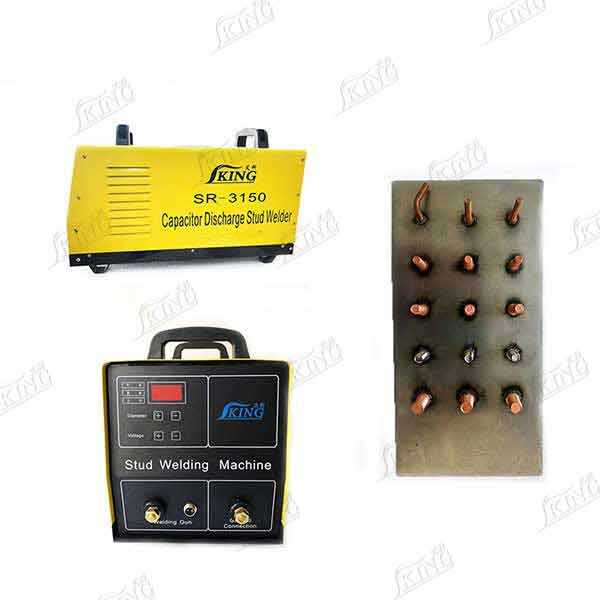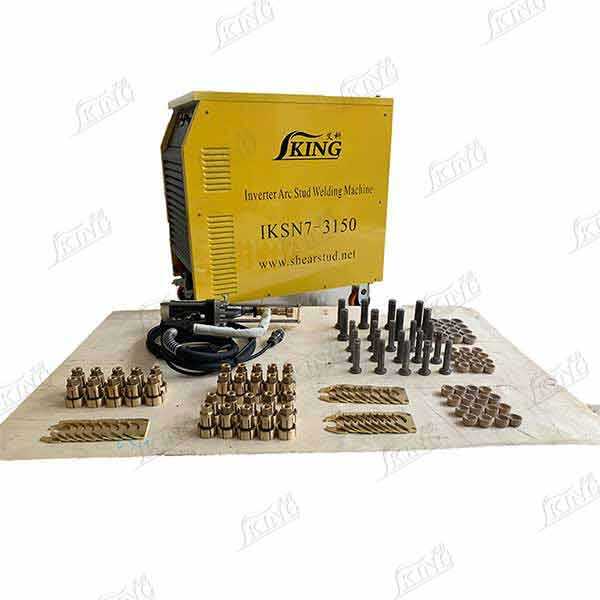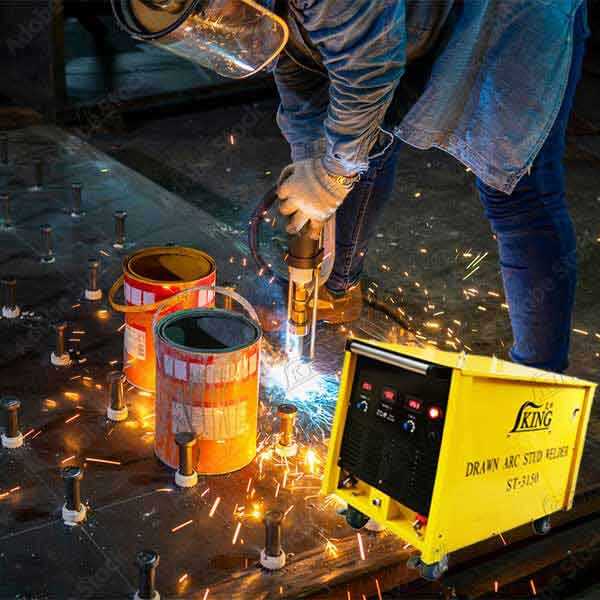stud bolt welding
Stud bolt welding is a sophisticated industrial process that enables the rapid and secure attachment of threaded fasteners directly to metal surfaces. This automated welding technique utilizes a specialized welding gun that precisely controls the welding time, current, and plunge depth to create consistently strong bonds. The process begins when the stud is loaded into the welding gun and positioned against the base material. A powerful electric arc is then generated between the stud and the workpiece, creating a molten pool that, when solidified, forms a permanent connection. The entire process typically takes less than one second, making it highly efficient for mass production. This technology finds extensive applications across various industries, including automotive manufacturing, construction, shipbuilding, and industrial equipment assembly. The versatility of stud bolt welding allows for the attachment of studs ranging from small M3 sizes to larger M24 variants, accommodating diverse project requirements. The process works effectively on various materials, including mild steel, stainless steel, and aluminum, provided proper parameters are maintained. One of the key advantages is that it enables welding from one side of the material, making it ideal for applications where access to the reverse side is limited or impossible.


